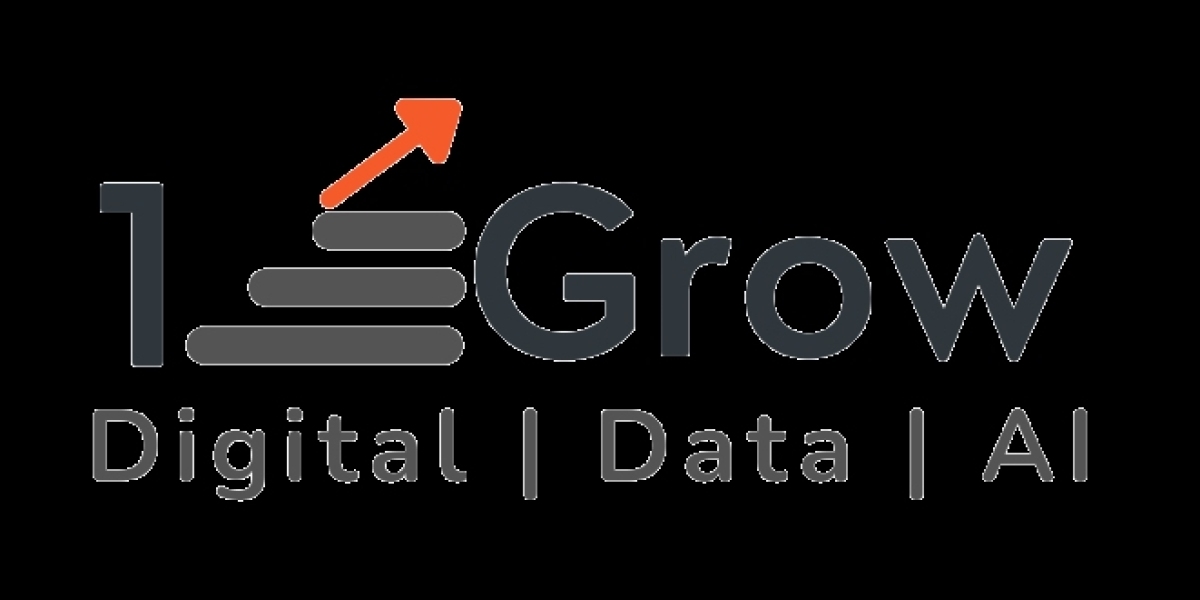What is Data Science?
Data science is a broad field that involves the use of scientific methods, algorithms, processes, and systems to extract knowledge and insights from structured and unstructured data. It encompasses several disciplines, including statistics, data analysis, machine learning, and computer science, to predict outcomes and make informed decisions. Data scientists are often likened to detectives: they explore and analyze data from multiple angles to discover trends, patterns, and relationships that were not evident before.
Key aspects of data science include:
- Predictive modeling: Utilizing historical data to predict future outcomes.
- Machine learning: Implementing algorithms that improve automatically through experience.
- Deep learning: A subset of machine learning that mimics the human brain in processing data and creating patterns for decision making.
- Data preparation: Cleaning and structuring data to analyze it effectively.
What is Data Analytics?
Data analytics refers to the techniques to analyze data sets to conclude the information they contain. Data analytical techniques enable you to take raw data and uncover patterns to extract valuable insights from it. This field focuses more directly on answering specific questions derived from business activities or the need to solve a particular problem.
Key activities in data analytics include:
- Descriptive analytics: Describing or summarizing existing data to identify patterns or trends.
- Diagnostic analytics: Digging deeper into data to understand the causes of events and behaviors.
- Prescriptive analytics: Using past performance to generate recommendations about how to handle similar situations in the future.
Key Differences Between Data Science and Data Analytics
1. Scope of Work:
- Data Science: Aims to ask questions and find potential avenues of exploration, with a broader scope that integrates various elements of data analysis, machine learning, and predictive modeling to create comprehensive strategies for data-driven decision making.
- Data Analytics: Focuses more on answering specific queries and providing concrete results with a more narrow scope.
2. Tools and Techniques:
- Data Science: Uses complex machine learning algorithms, predictive models, and deep learning methodologies to analyze data. Common tools include Python, R, TensorFlow, and Apache Spark.
- Data Analytics: Utilizes simpler statistical tools and techniques such as SAS, SQL, and Excel. It focuses more on visualization tools like Tableau and Power BI for straightforward insights.
3. Objectives:
- Data Science: Seeks to create questions and explore data for deep insights. The objective is to build algorithms and predictive models to use data in a comprehensive manner.
- Data Analytics: Aims to find actionable data and focus on specific areas with clear questions. It's more about answering "what happened and why?" rather than predicting future outcomes.
4. Roles and Responsibilities:
- Data Scientist: Often works with a larger scope of tasks around predicting future trends and behaviors, creating comprehensive models, and generating insights that directly influence strategic planning and decision-making.
- Data Analyst: Typically focuses on processing history of data, providing reports, visualizations, and understanding specific queries with quick turnaround.
Conclusion
While data science and data analytics may overlap, they cater to different needs and use distinct approaches to handle data. Data science is suitable for those looking to implement advanced computational and mathematical models to create high-level strategies. In contrast, data analytics is ideal for focused insights, operational improvements, and responding to specific business queries. Understanding these differences can help organizations allocate the right resources and tools to the appropriate teams, maximizing their data’s value.
Consider enrolling in the Advance Data Science Course by 1stepGrow to take your data science career to the next level. This comprehensive program covers the latest and most advanced techniques in data science and AI, using Python as the primary language. You will learn from experienced instructors and work on real-world projects to gain practical experience. Don't miss this opportunity to advance your career and become a leader in the field of data science.









